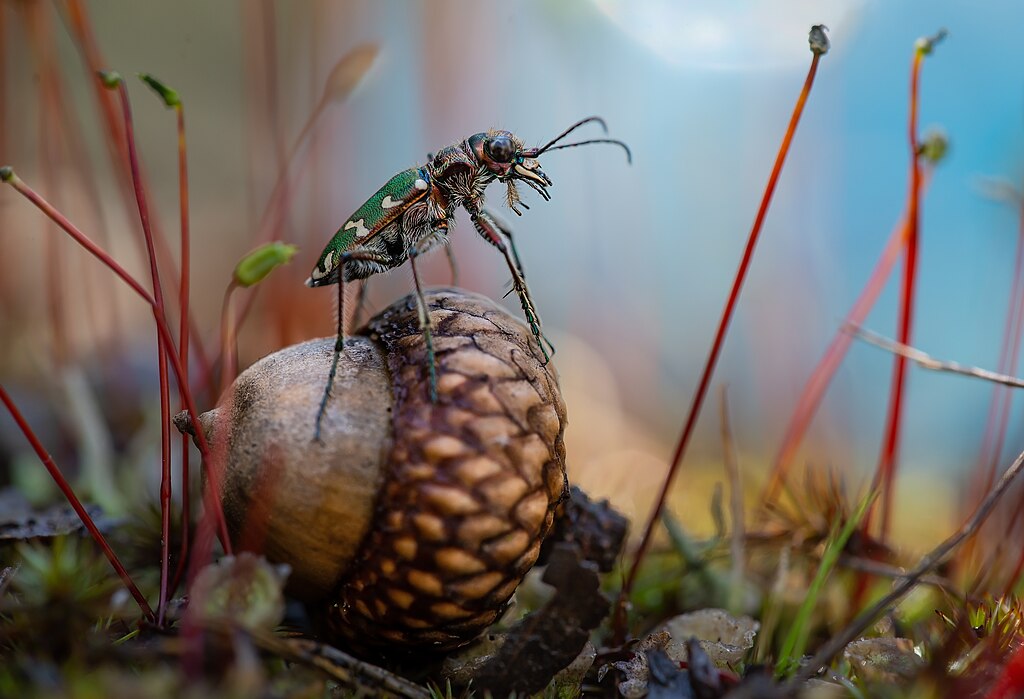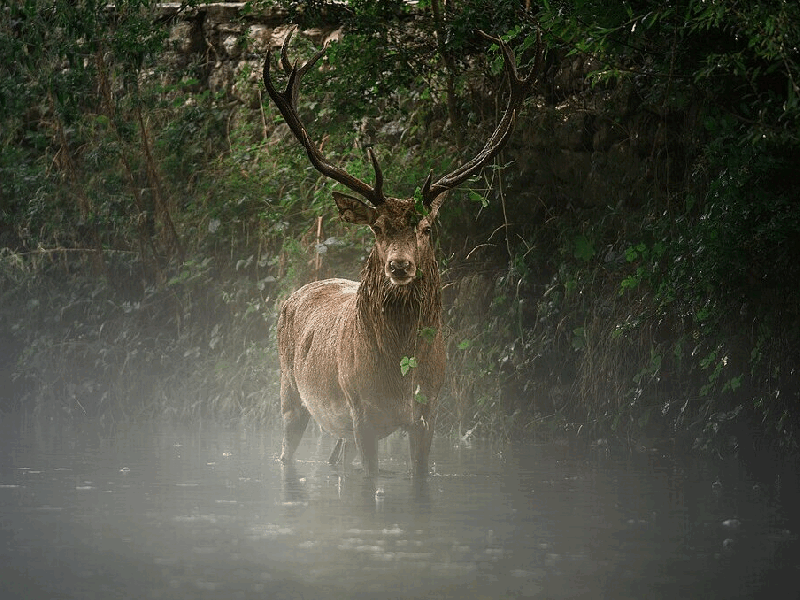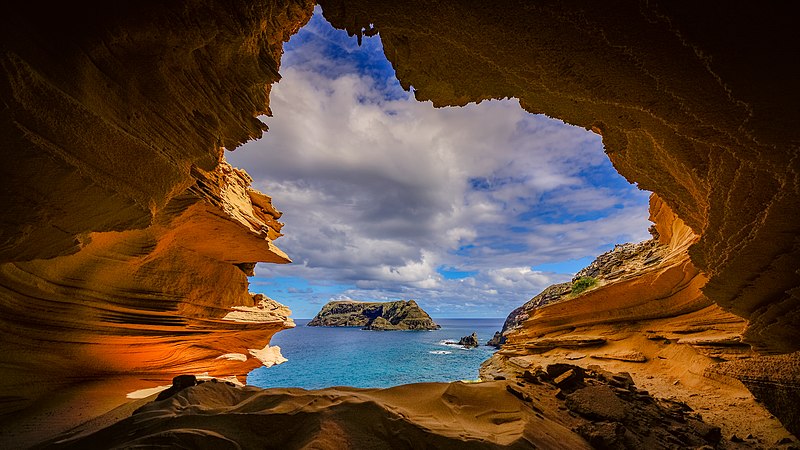Much of the world’s natural beauty and animal species rest in places none of us will ever visit. So why not let one of the world’s highest-quality photo contests bring them to your virtual doorstep?
For a decade now, Wiki Loves Earth has been snapshotting the best of the globe’s natural heritage, whether it’s in a nationally protected area or in a nearby park. This year’s edition is no different: you are about to witness jaw-dropping animal close-ups juxtaposed with wide vistas of secluded solitude. The photos are a demonstration of human perseverance, dedication, and skill.
The contest winner (at top) finds a common tiger beetle perched upon an acorn, its objective unknown, in a wooded area located a bit east of Ukraine’s capital city, Kyiv. Wiki Loves Earth’s contest judges commended photographer Serhii Miroshnyk for the technical skills required to capture the moment. One judge compared it to the award-winning 1996 documentary Microcosmos, known for its close portrayal of insect interactions.
Volunteer-led and organized, Wiki Loves Earth asks people to venture out into nearby natural areas. The contest’s definition of a natural area is intentionally broad, which helps ensure that anyone, anywhere is able to participate. The photographers’ submitted work is uploaded to Wikimedia Commons, a media library that holds many of the photos used on Wikipedia. All of the content within that library is freely licensed, meaning that it can be used by anyone, for any purpose, with only a few restrictions.*
This year, the contest received more than 61,700 submissions from over 3,300 participants in 50 countries—the highest number of countries ever in the contest’s history. From those, 492 from participating countries were selected and forwarded to the international competition. These images were divided into two categories (macro/close-ups followed by landscapes), and the two are coincidentally but perfectly delineated between #1–10 and #11–20. You can learn more about Wiki Loves Earth and get its full rules on its website, and read about its special WikiForHumanRights nomination from earlier this year.
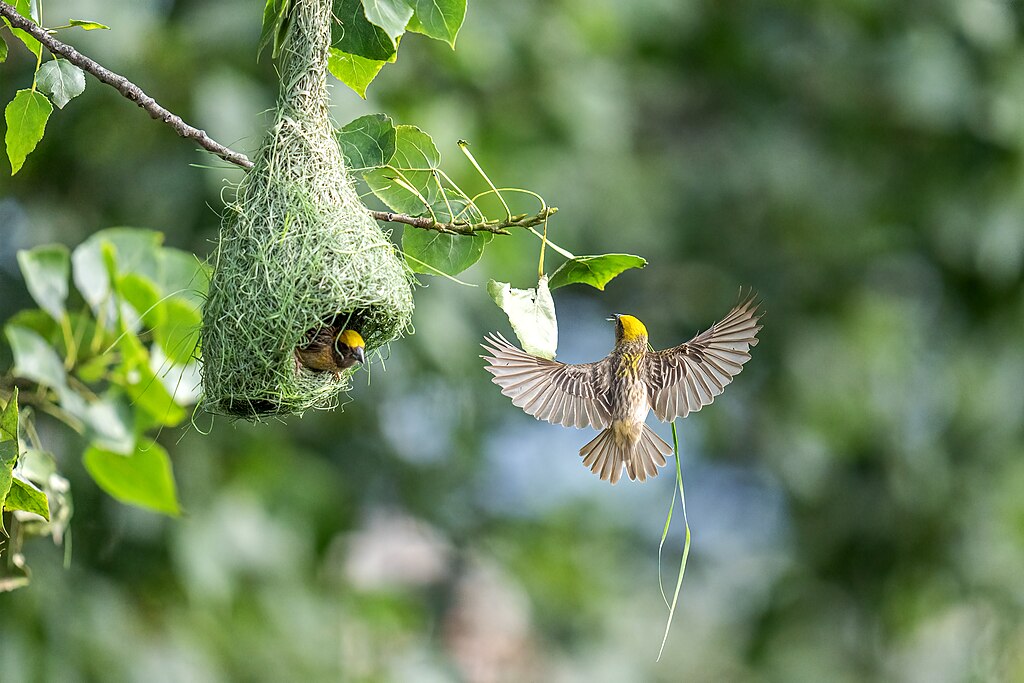
Photo by Dasrath Shrestha, CC BY-SA 4.0
Second place in the macro category (2nd overall): Building a strong and robust nest is a crucial task for many birds, as they will often go on to hold the next generation of birds, and photographer Dasrath Shrestha Beejukchhen caught this common baya weaver finishing that task in the Kathmandu Valley area of Nepal. The Wiki Loves Earth judges were impressed by the sharpness Beejukchhen was able to capture despite the bird being in flight, with one saying, “the moment is exceptional”.
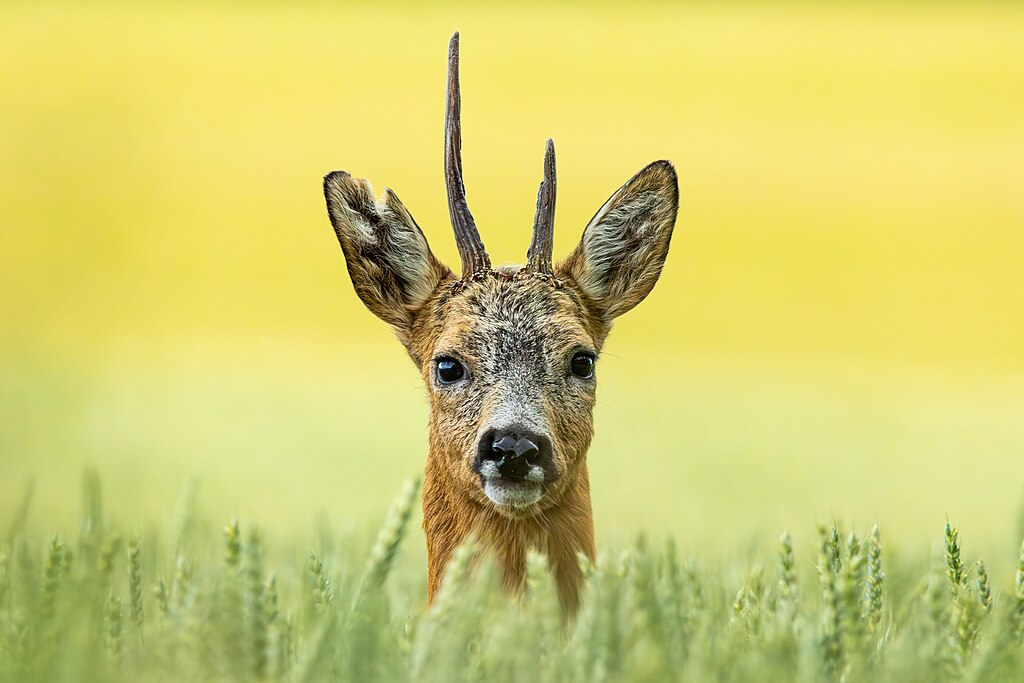
Photo by Tjustorparn, CC BY-SA 4.0
Third place in the macro category (3rd overall): Being able to spot threats is essential if a roe deer wants to survive for long, but judging by its injured ear, this particular deer might need to work on that skill. Still, it does seem to have spotted the photographer User:Tjustorparn and stared them down long enough to snap this remarkable image. “It was not easy to make this photo!”, one judge said, and several acclaimed its sharpness and symmetry.
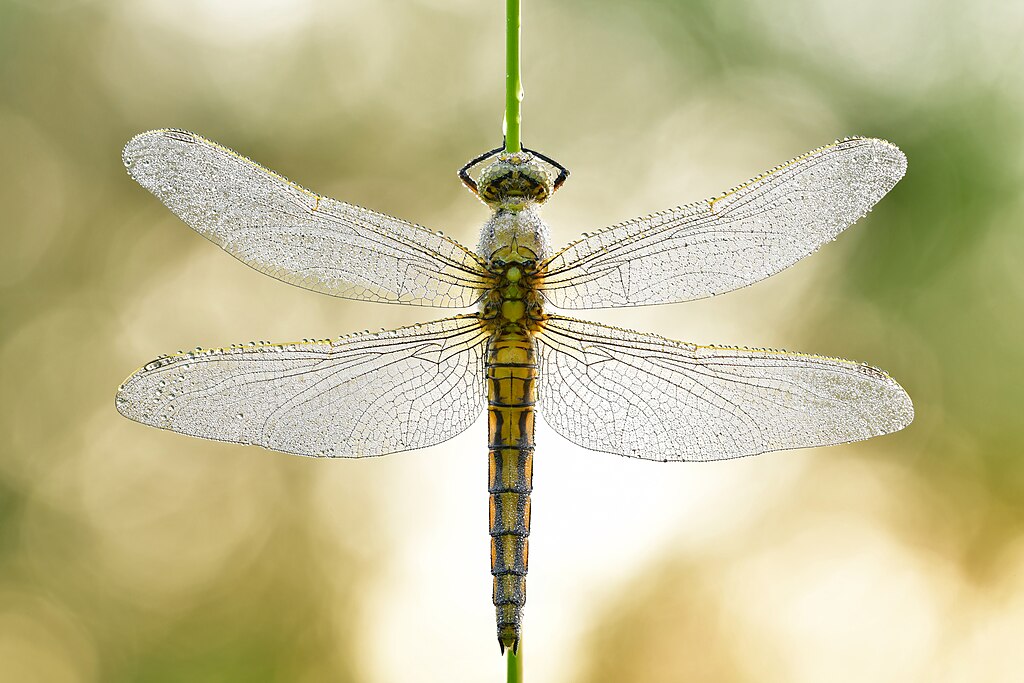
Photo by Sven Damerow, CC BY-SA 4.0
Fourth place in the macro category (4th overall): This is the sort of image that rewards a curious individual who clicks through and zooms in. Do you see all the dots? Those droplets on this black-tailed skimmer‘s wings are from the morning dew. “That is in itself an interesting phenomenon to describe”, said one judge. This photo was taken by Sven Damerow, who won Wiki Loves Earth in 2019 and was a finalist last year.
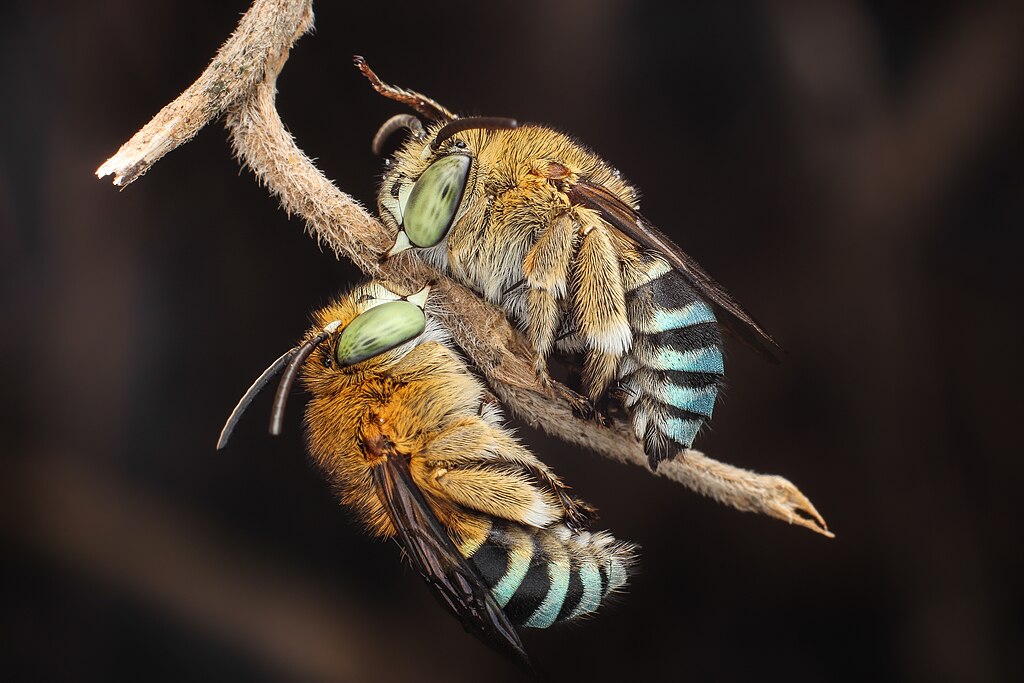
Photo by Mark Kineth, CC BY-SA 4.0
Fifth place in the macro category (5th overall): These blue-banded bees can be found in Northern Negros Natural Park, a federally protected area in the Philippines. The close shot was lauded by the judges for the technical skill Mark Kineth required to pull it off, and it was also called “ideal for educational articles”.
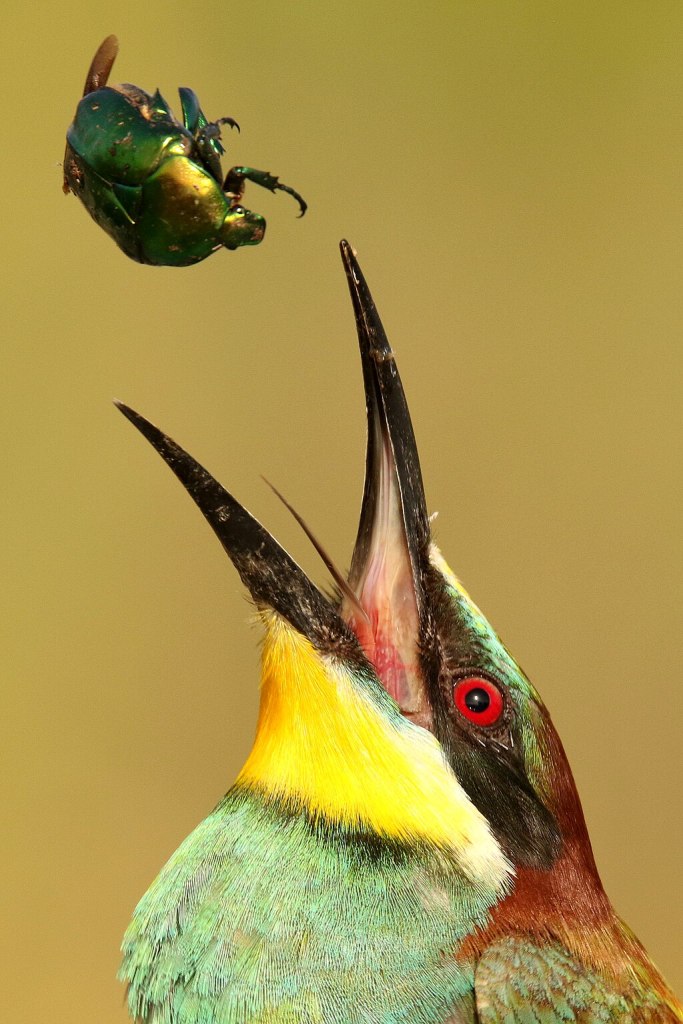
Photo by Maurizio Carlini, CC BY-SA 4.0
Sixth place in the macro category (6th overall): At first glance, you might think this is the luckiest bird in the world: bugs just fall into its mouth! But there is more to this tale: this European bee-eater already caught the cetonia aurata and is tossing it into the air to make it easier to swallow. Photographer Maurizio Carlini called this image Lunch on the Fly.

Photo by Sven Damerow, CC BY-SA 4.0
Seventh place in the macro category (7th overall): This photo comes to us from Sven Damerow again, who took it about 22 hours before their fourth-place photo. This banded demoiselle is similarly covered in dew, but what drew the judge’s eyes to the photo was its striking difference in colors—the green plant and white flower against the insect’s blue body.
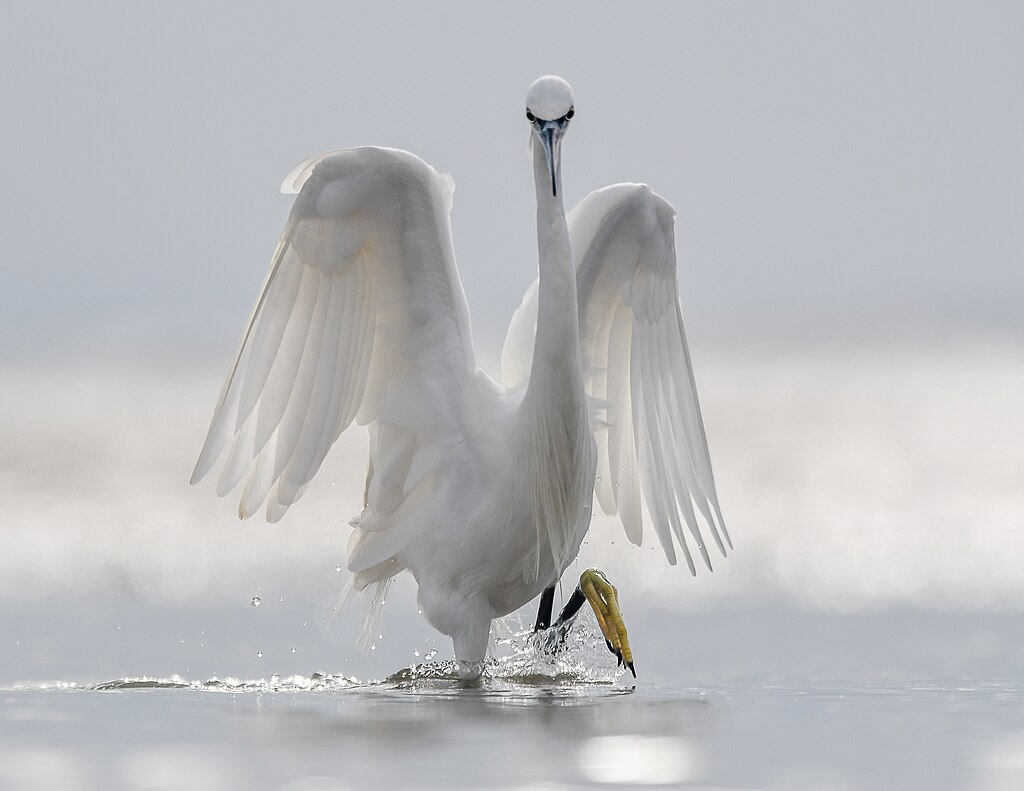
Photo by Nuno Candido, CC BY-SA 4.0
Eighth place in the macro category (8th overall): Like a scene in a nature documentary, this snowy egret is splashing through some shallow water in Portugal’s Sado Estuary Natural Reserve. One contest judge said that its unusual gesturing gave it an “angel-like appearance”.
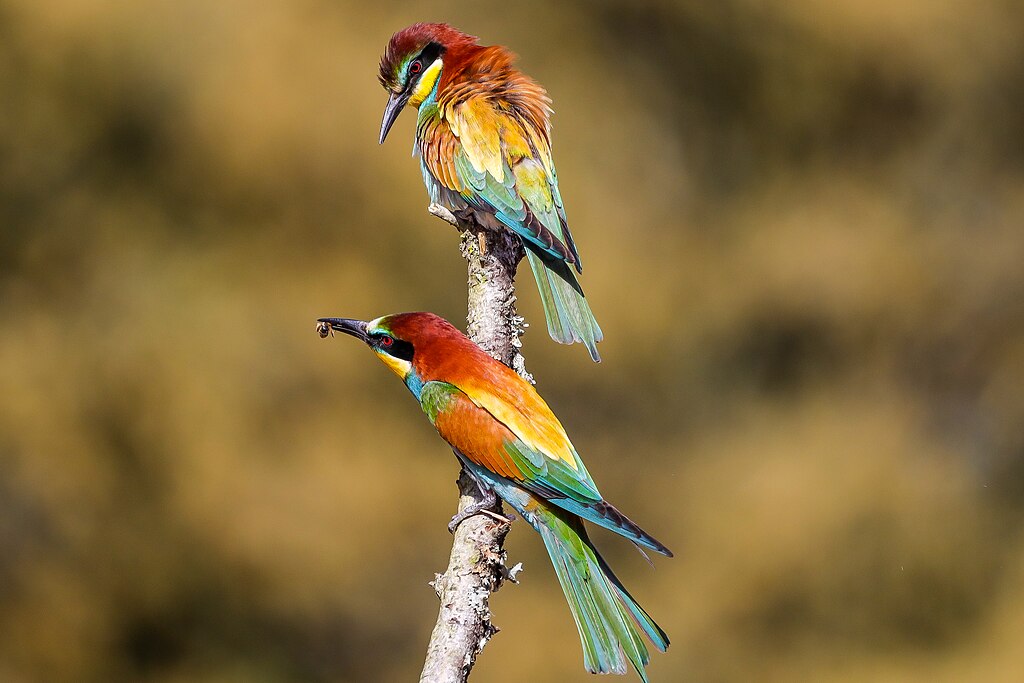
Photo by Hugo Miguel Marques, CC BY-SA 4.0
Ninth place in the macro category (9th overall): These two European bee-eaters were caught in Portugal by Hugo Miguel Marques at the beginning of a mating ritual: a male has brought along some food for a female.
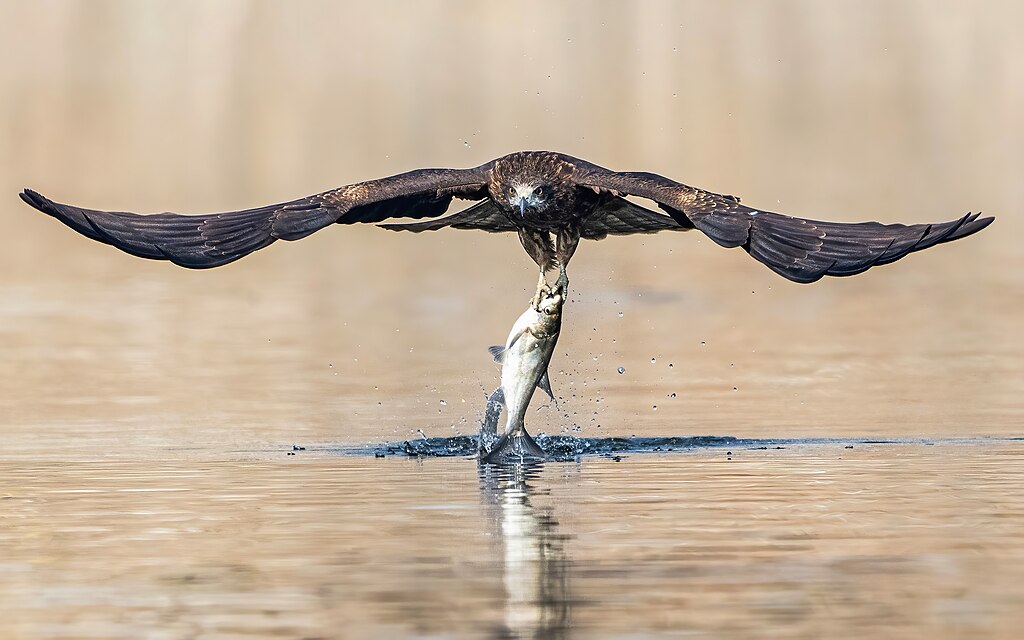
Photo by Prasan Shrestha, CC BY-SA 4.0
Tenth place in the macro category (10th overall): According to Wikipedia, black kites like this one in Nepal spend lots of time gliding on convection currents to stay aloft. But once they spot a live meal, they have the skill to dive in, legs extended, to snatch the prey into the air. Beyond the shot’s composition, the contest judges called out the skillful cropping that makes this photo educationally useful in a variety of contexts.
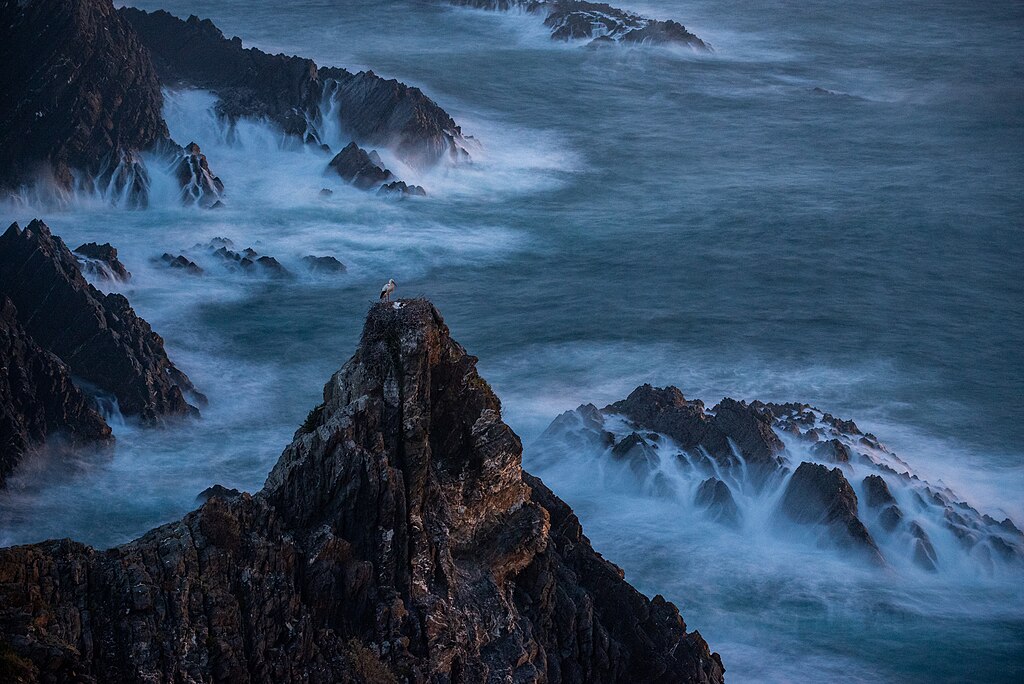
Photo by Nuno Luís, CC BY-SA 4.0
First place in the landscapes category (11th overall): Starting with this photo, we transition to the landscape category winners. In a scene that could have been ripped from Star Wars: The Last Jedi, a solitary stork has decided to build its nest in the most perilous of locations: a tall and narrow rock outcropping. The faint rays of an early sunrise serve to highlight the whitecaps that are ripping along the shoreline. This photo was taken by Nuno Luís in the Southwest Alentejo and Vicentine Coast Natural Park of Portugal. The contest judges had many comments about this photo, with one noting that it was a “very dramatic view with long exposure time, letting the water ‘paint’ the rocks”.
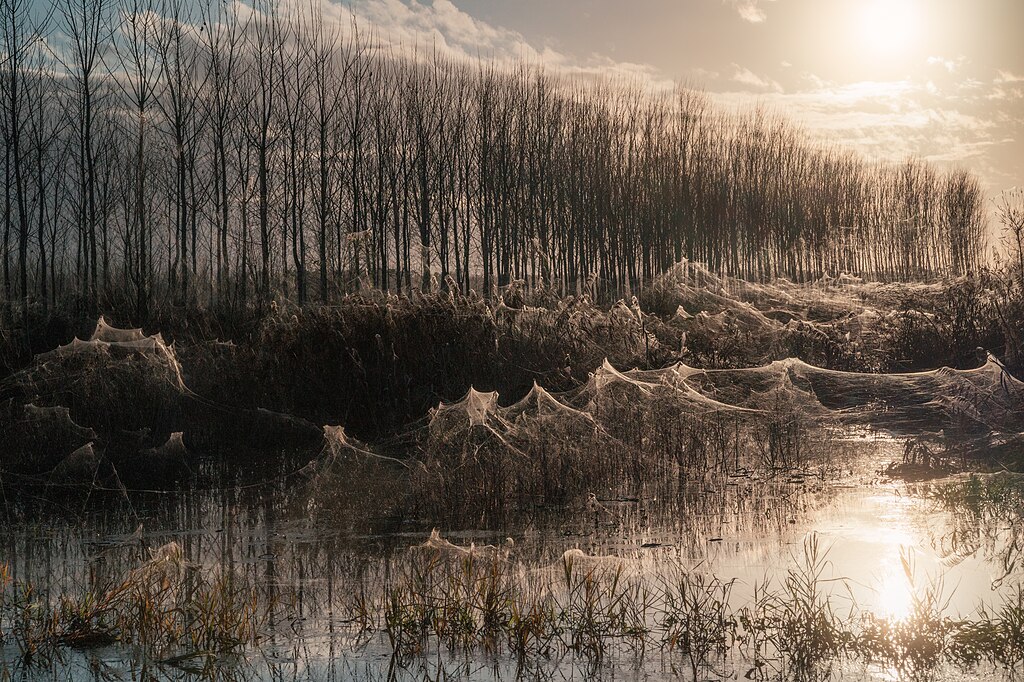
Photo by Pamela Doretti, CC BY-SA 4.0
Second place in the landscapes category (12th overall): Silk Sheets is what photographer Pamela Doretti named this image of marshes near Fucecchio, Italy. It’s not difficult to see why. Spiders created these webs to gorge themselves on the excesses of insects that come when a long period of drought is broken by heavy rain that puddles on the ground.
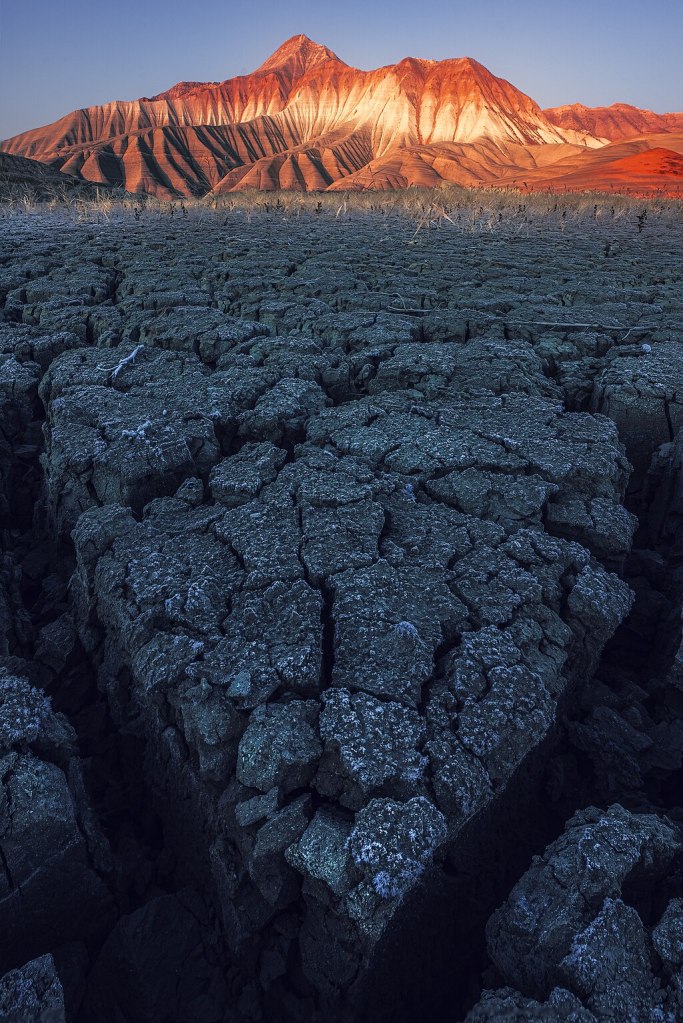
Photo by Cuneyt Gumushaneli, CC BY-SA 4.0
Third place in the landscapes category (13th overall): Photographer Cuneyt Gumushaneli chose a vertical orientation for this landscape photo—an unusual choice that paid off for them. Thanks to their choices, the distant mountain bathed in sunlight is contrasted with the close-up, cracked ground in the shade. “Somehow, the sun and shadow are well-balanced”, one judge said and added that it “must have taken a lot of skill.” The photo was taken in Davutoğlan, Nallıhan, Turkey.
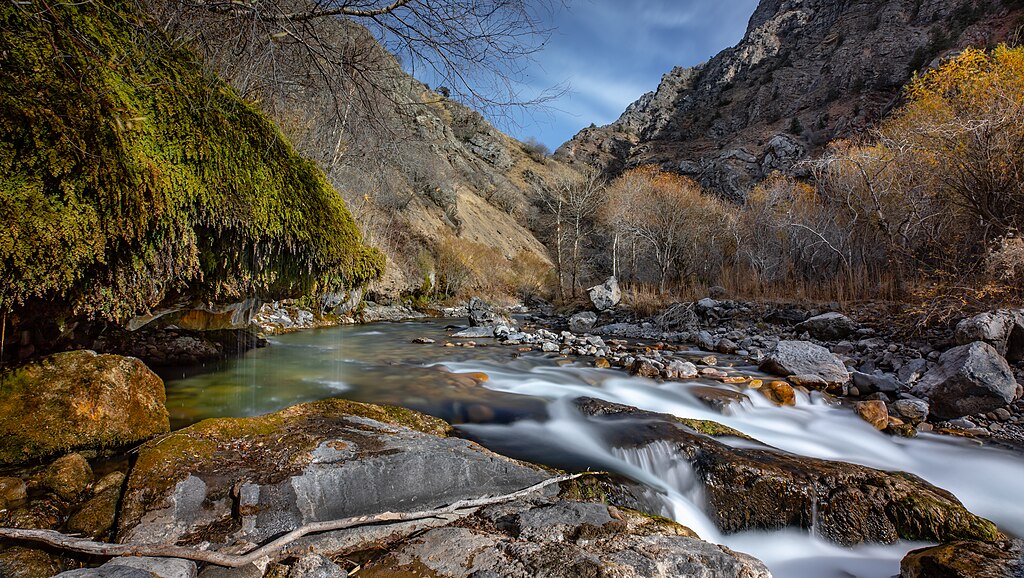
Photo by Marat Nadjibaev, CC BY-SA 4.0
Fourth place in the landscapes category (14th overall): At first glance, this photo from Uzbekistan’s Ugom-Chatkal National Park looks mundane. But then, small details start to emerge. The colors of the moss. The long exposure of the waterfall. The grey stillness of the rocks leading up to ridgelines whose diagonal cuts lead your eye back to the center of the photo. The contest judges commended Marat Nadjibaev’s “great skills” in composing this shot, and another added that they found the “ideal balance between movement of water and stillness of mountains”.
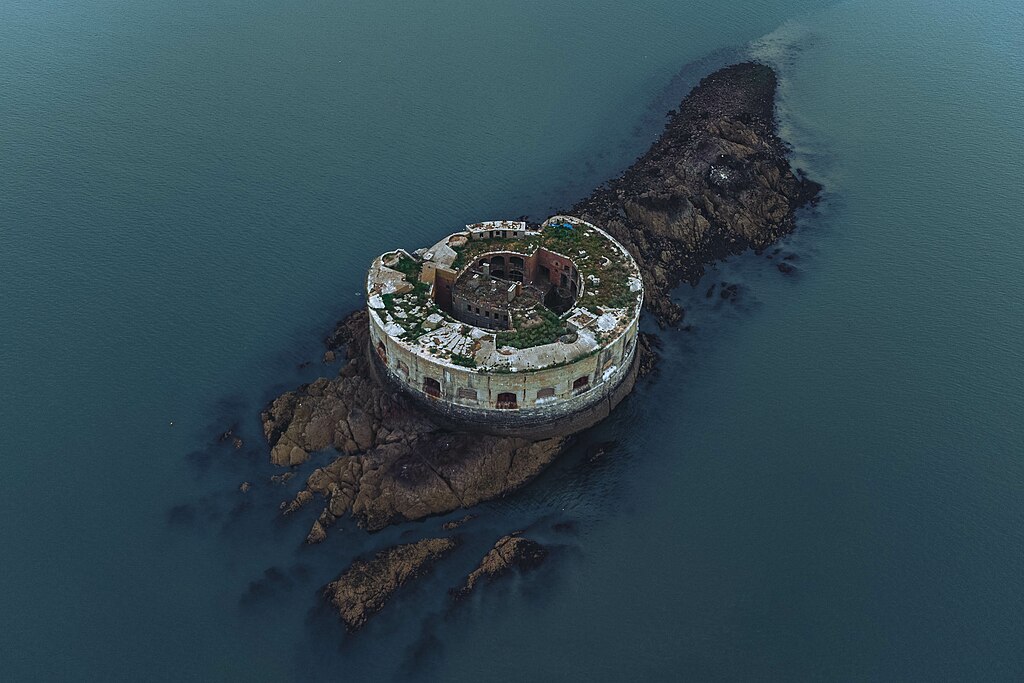
Photo by Jacob Allen, CC BY-SA 4.0
Fifth place in the landscapes category (15th overall): This fort was once built on a tiny river island in the middle of Milford Haven Waterway to defend a Royal Navy dockyard in Pembrokeshire, Wales. Today, it sits rotting away, open for Jacob Allen to fly a drone overhead and capture the mossy ruins.
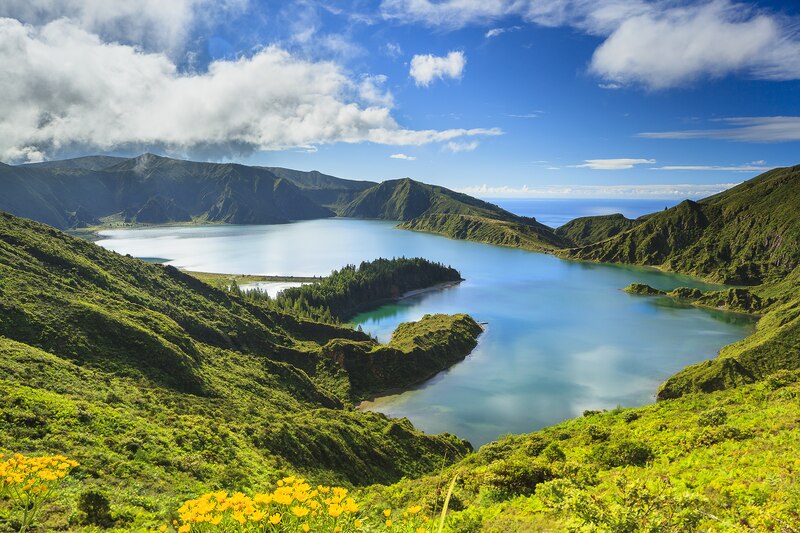
Photo by Veloso Patacas, CC BY-SA 4.0
Sixth place in the landscapes category (16th overall): A lake nestled at the top of a volcano may sound like a contradiction in terms, but they do exist. This is the aptly named Lagoa do Fogo, or Lake of Fire, on the island of São Miguel in Portugal. On this photo by Veloso Patacas, one judge said:
The lighting in this shot is absolutely perfect, casting a soft and warm glow over the entire scene. It creates a wonderful sense of depth and dimension, bringing out the natural beauty of the landscape. The sharpness and clarity of the image are truly exceptional. Every detail, from the distant mountains to the blades of grass in the foreground, is rendered with remarkable precision. The photographer’s technical skill in achieving such sharpness is commendable.
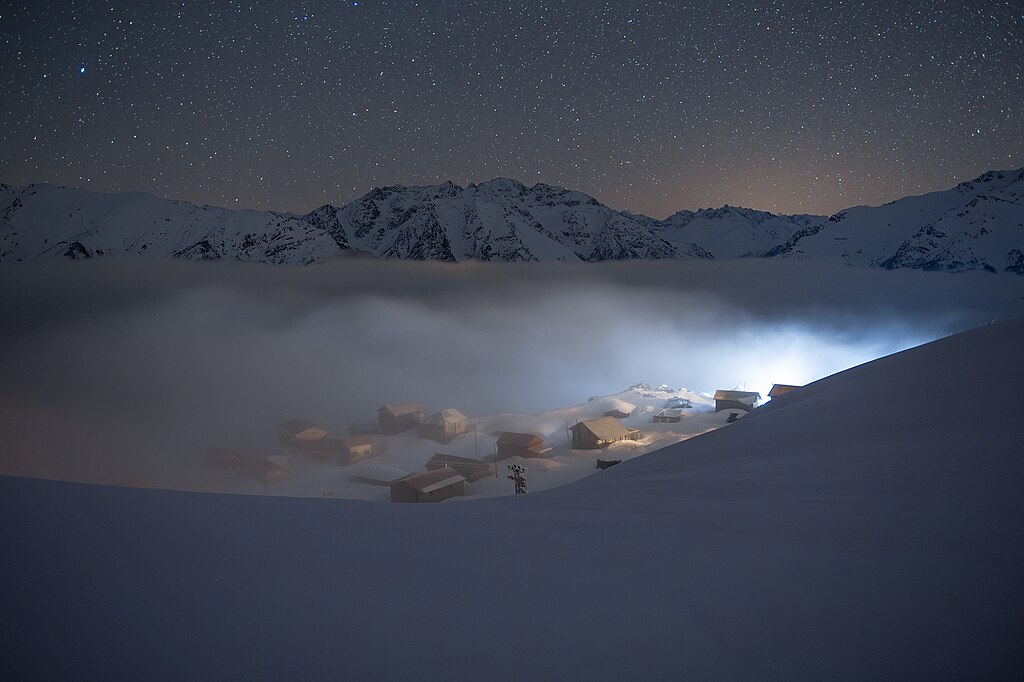
Photo by Refik Demir, CC BY-SA 4.0
Seventh place in the landscapes category (17th overall): With a single glance, this photo will make your teeth chatter. High up in the Kaçkar Mountains of Turkey, a few cabins are the only refuge from the snow and cold of a moonless night. The stars above complete the scene. “Madrigal, highly encyclopedic (documenting community in extreme weather), [and] super interesting effort to get the right shot”, one judge said.
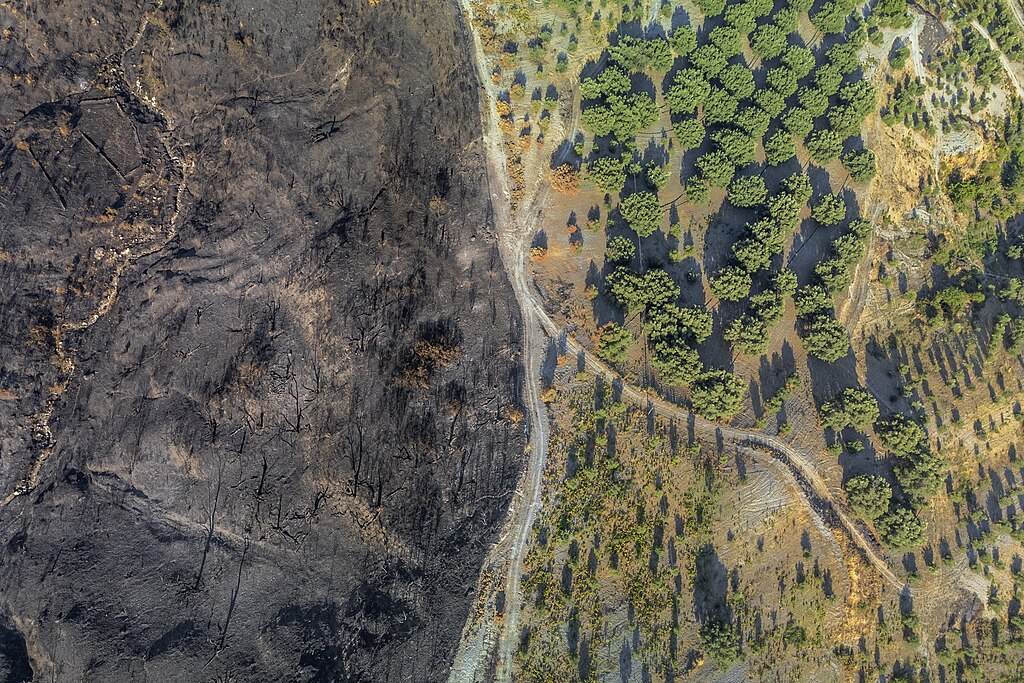
Photo by Cesare Barillà, CC BY-SA 4.0
Eighth place in the landscapes category (18th overall) place: This photo is aptly titled Dichotomy: the difference between the black fire-razed landscape on the left and a lush unaffected area on the right is sharp and unmissable. Cesare Barillà captured the scene in the aftermath of significant forest fires that hit Italy in August 2021.
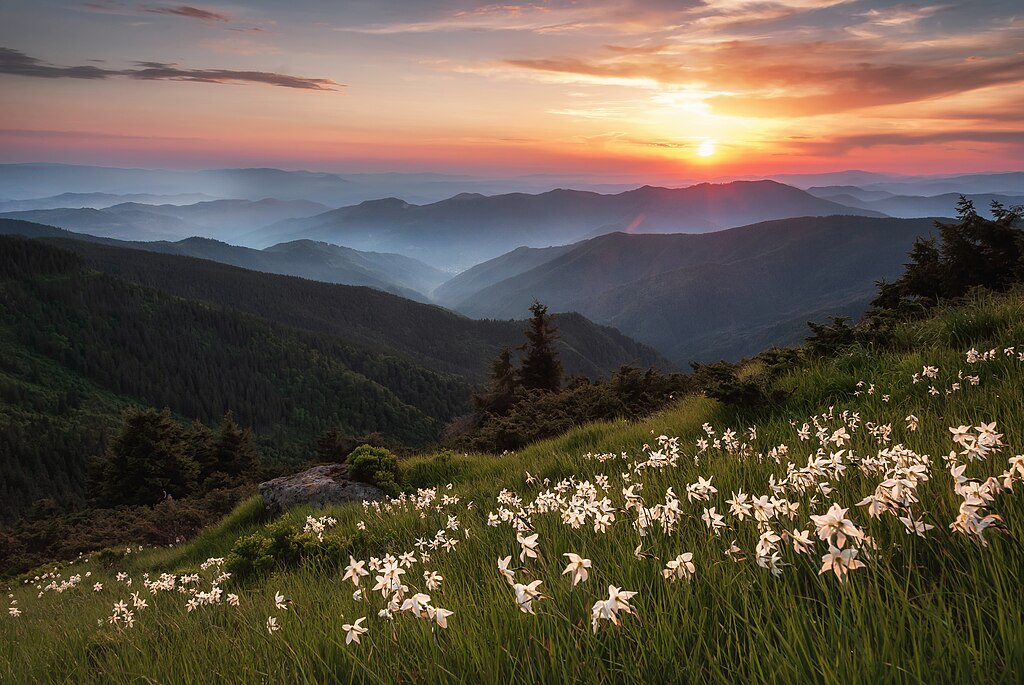
Photo by Mykhailo Petskovych, CC BY-SA 4.0
Ninth place in the landscapes category (19th overall): This Mykhailo Petskovych photo could quite easily be a painting—but it’s actually found on Mount Shcherban in Ukraine. One contest judge loved its layering and contrasts that emerged from the flowers in the foreground, mountain backdrop, and red sky above.
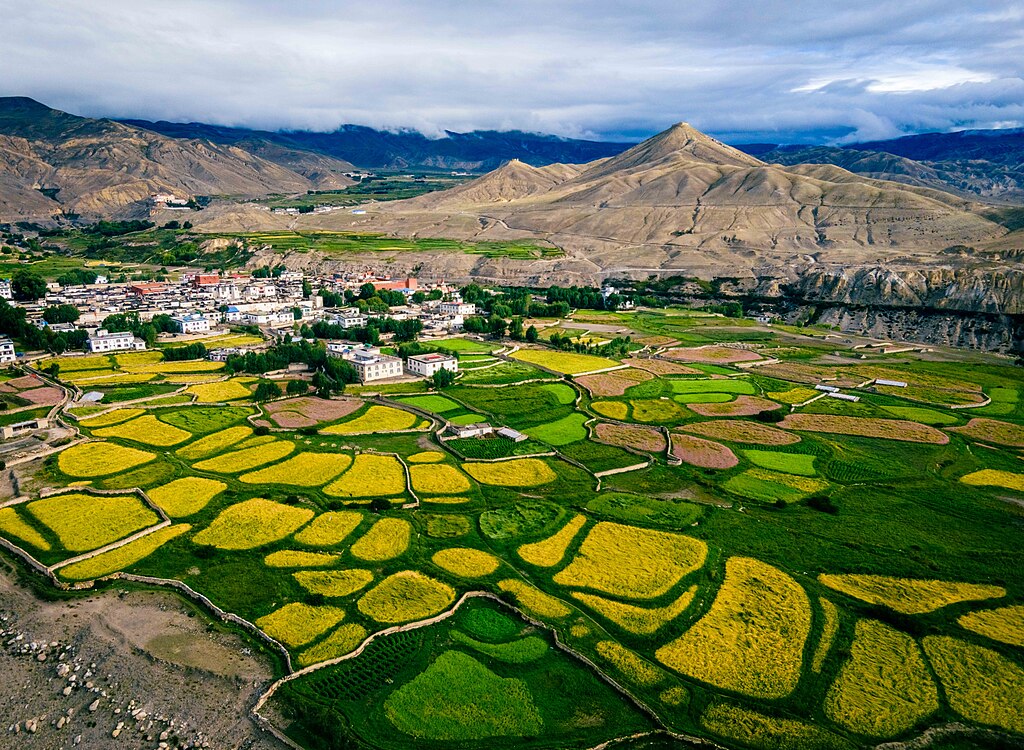
Photo by Niroj Sedhai, CC BY-SA 4.0
Tenth place in the landscapes category (20th overall): Barley and buckwheat are being grown in this shot from Nepal by Niroj Sedhai. “I can see a harmony between [the] yellow and green field, a village, and grey mountains covered by clouds”, a contest judge said.
Post by Ed Erhart, Communications Specialist, Wikimedia Foundation.
*Please make sure to follow each image’s copyright tag. All of the images above, for instance, are available under a Creative Commons CC BY-SA license, meaning that you are free to share them for any reason so long as you give credit to the photographer and release any derivative images under the same copyright license.
